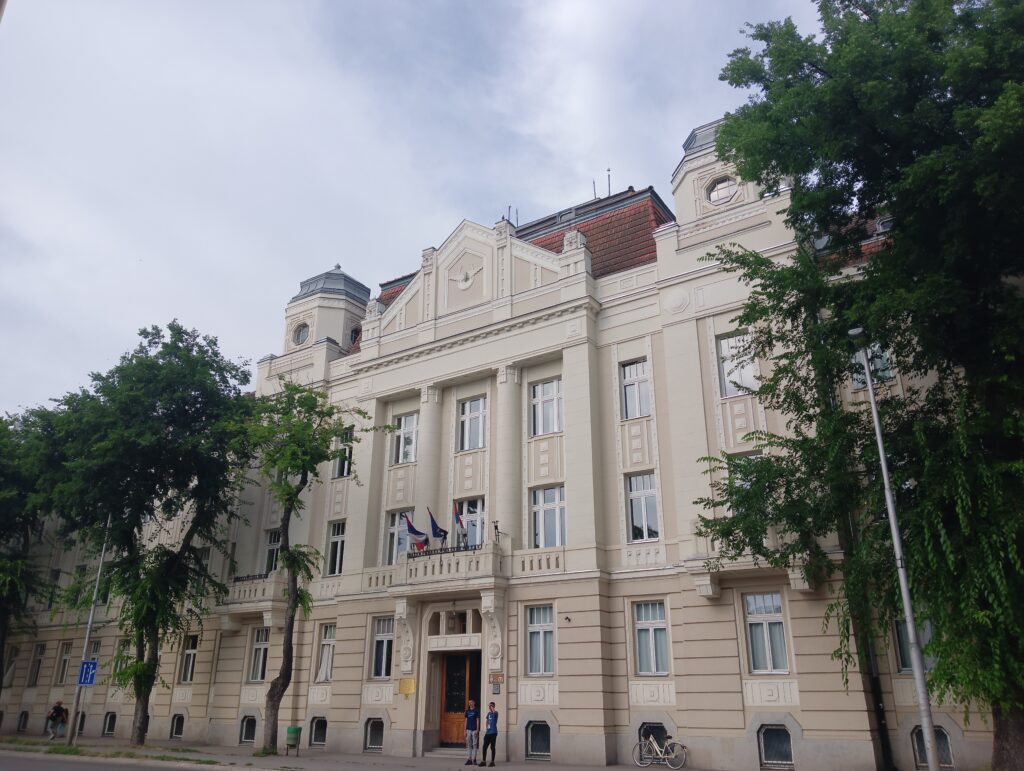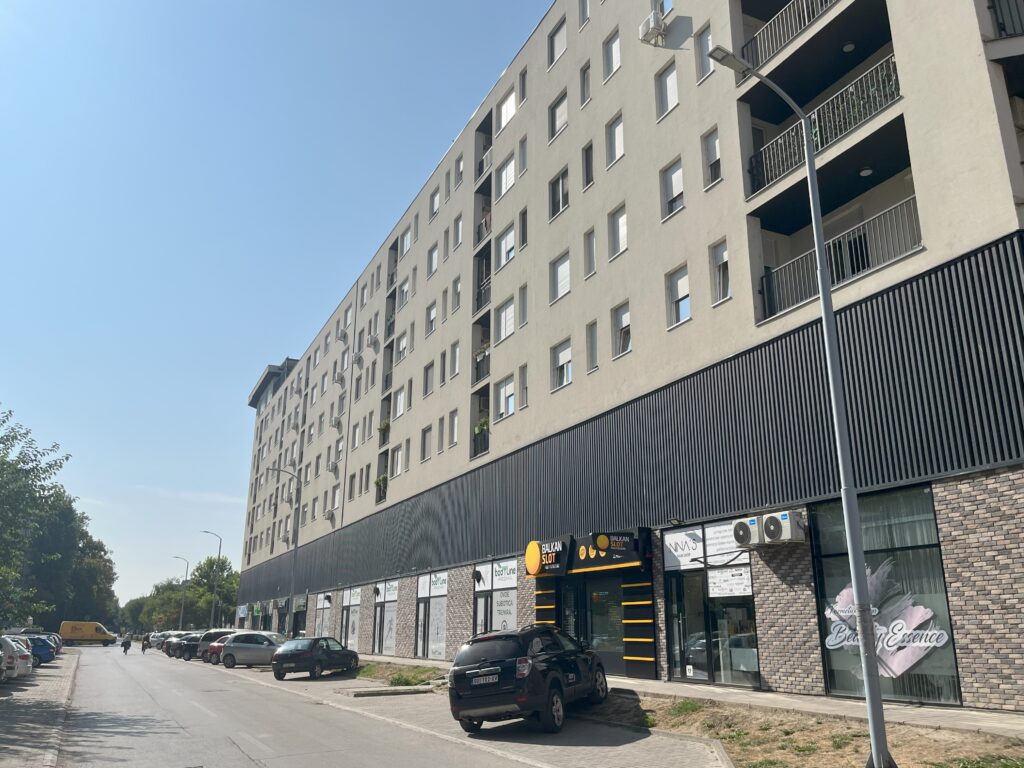Current Architectural Trends in Subotica: How the Appearance of Homes is Changing
Subotica, a city with a rich architectural heritage, is currently experiencing a new phase of development. In recent years, changes in architecture have become increasingly noticeable, reflected in the emergence of new residential and commercial buildings, as well as in the restoration of historical properties. These changes align with global architectural trends while maintaining the city’s uniqueness and character. In this article, we’ll explore the main architectural trends dominating Subotica today and discuss how they impact the appearance of homes.
Blending Tradition with Modernity
One of the key architectural trends in Subotica is the skillful combination of traditional elements with modern architectural solutions. The city, known for its rich historical heritage, maintains a connection with the past while actively incorporating modern technologies and materials. Architects use forms and elements characteristic of past eras, such as arches, brick facades, and wooden details, adapting them to contemporary requirements and lifestyles.
This trend is evident both in the restoration of old buildings and in the construction of new ones. Restoring historical buildings with the addition of modern materials and technologies helps preserve the city’s cultural heritage, making it accessible to new generations. New homes, in turn, are often designed with traditional forms and materials in mind, helping to preserve the city’s unique appearance. For example, the combination of vintage facades with modern glass and metal constructions creates interesting architectural contrasts that highlight the uniqueness of each building.

Eco-Friendly Construction
With growing awareness of environmental issues worldwide, eco-friendly construction practices are becoming increasingly popular in Subotica. City authorities and developers are paying more attention to environmental aspects when designing new buildings. Using eco-friendly materials such as sustainably sourced wood, recycled materials, and natural stone helps create buildings with minimal impact on the environment.
Moreover, innovative energy-saving systems are increasingly being applied in Subotica’s architecture. Installing solar panels on roofs, using rainwater collection systems, and integrating natural ventilation have become standard practices for new buildings. These technologies not only reduce energy consumption and operational costs but also contribute to creating more comfortable living conditions.
Eco-homes being built in Subotica also attract attention with their design. Such buildings are often surrounded by greenery, and living green walls can be seen on their facades. This not only improves the microclimate within the home but also makes the urban landscape greener and more visually appealing.
Minimalism and Functionality
Minimalism remains one of the leading architectural trends in Subotica, and its popularity continues to grow. Simple forms, clean lines, and the absence of excessive decorative elements create a harmonious space that easily adapts to residents’ needs. In the context of urban stress and a busy lifestyle, minimalism becomes not just an architectural style but a philosophy that contributes to creating a calm and comfortable living environment.
Minimalist homes in Subotica often feature strict geometric forms and the use of natural colors and materials. This might include white or gray concrete, natural wood, and glass. This approach not only visually enlarges the space but also makes it brighter and more open. In interiors, minimalism is also expressed in simplicity and functionality—using multifunctional furniture and built-in storage systems helps optimize space and create a sense of order.

Integration with the Surrounding Environment
Subotica, located in a picturesque area, strives to maximize the natural advantages of its location. Modern architectural projects in the city increasingly use an approach where buildings harmoniously blend into the surrounding landscape without disrupting its natural balance. This is achieved not only by using natural materials but also through careful planning of the development, considering the terrain, climate conditions, and existing natural features.
New homes are often designed with large panoramic windows that allow residents to enjoy views of nature. Additionally, more projects include elements of green architecture, such as green roofs, internal courtyards with trees and plants, and terraces that extend living space outdoors.
Local Materials and Craftsmanship
A return to using local materials and craftsmanship is another important trend in Subotica’s architecture. This approach not only supports local traditions and the economy but also contributes to creating unique, distinctive projects. Using brick from local quarries or handcrafted wooden elements adds character and individuality to each building.
Local materials also help create buildings that blend harmoniously with the surrounding environment, as they are suited to local climate conditions and visually integrate with the natural landscape. Additionally, the use of craftsmanship adds artistic and traditional elements to the project, making buildings not just homes but true works of art.
Conclusion: The Future of Subotica’s Architecture
The architectural trends currently shaping Subotica’s appearance demonstrate the city’s commitment to preserving its cultural identity while adapting to modern realities. The combination of tradition and innovation, eco-friendly approaches, minimalism, and integration with nature creates a unique architectural landscape that makes Subotica a special place to live. These trends indicate that architecture in the city will continue to evolve, maintaining a balance between respect for the past and openness to the future.
For those planning construction or restoration in Subotica, understanding these trends will help create projects that are relevant and harmoniously integrated with the surrounding environment. Whether it’s a new home or the restoration of a historical building, modern architectural solutions will help create spaces that will delight future generations.

